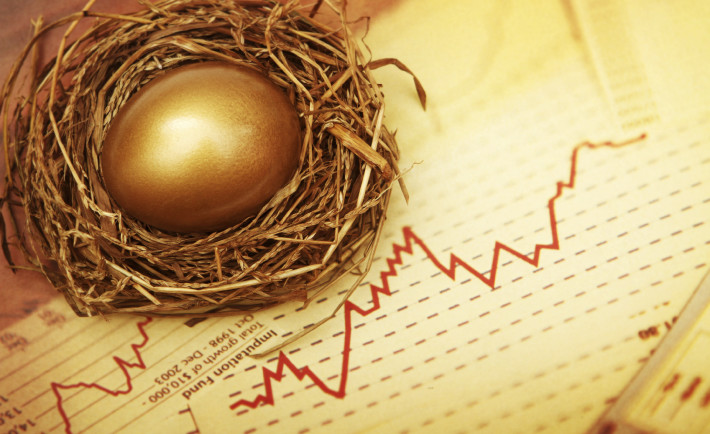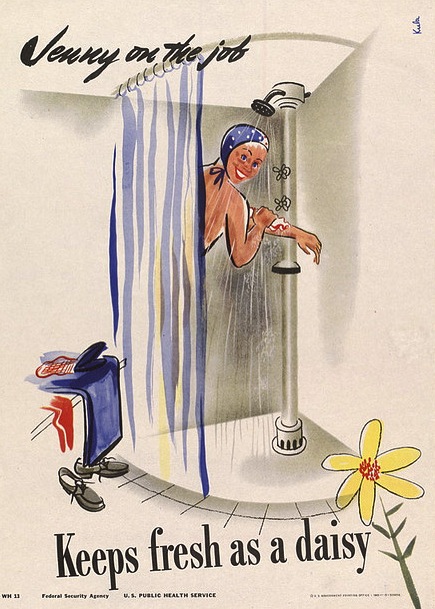Supplementary Retirement Scheme (SRS), as the name suggests, is a plan designed to help fund your retirement besides the CPF. It forms one of the multi-pronged approach by the government to help tackle the problem of a silver tsunami that Singapore is facing.
SRS is a voluntary scheme which offers tax benefits in the form of a tax relief for every dollar you contribute up to a maximum of $12,750 per year. There is no minimum amount and you are free to contribute any amount to your account with any of the SRS operators: DBS, OCBC & UOB.
You can also invest the amount in SRS in a variety of instruments such as stocks, bonds, unit trusts, fixed deposits, insurance and many more. You also have the option to keep them as cash which give you a meagre return of 0.05% per year.
One thing to take note is once you have decided to fund your SRS, any premature withdrawal before the statutory retirement age (currently at 62), there is a 5% penalty fee and 100% of the amount withdrawn is taxable.
If you have the discipline to keep it till the statutory retirement age, good news is only 50% of the withdrawals from SRS are taxable or what they call it as a 50% tax concession. And you can spread the withdrawal over a period of 10 years.
In other words, if you have manage to accumulate $400,000 in your SRS at retirement, you can strategically withdraw it over 10 years, i.e $40,000 a year – to pay zero tax. (Since only 50% of the $40,000 is taxable and the first $20,000 is not taxable.
In the cumulative SRS statistics published by MOF, less than half of the account holders are aged between 21 – 45 in December 2013. Only 11% of those those aged between 21 – 35. While it is understandable that these group of people are financially strapped due to family commitments, it would be wise to apportion at least part of their income to SRS to enjoy tax benefits.
While some may argue that the tax benefits are merely deferred and locking your cash up till the statutory retirement age of 62 is not attractive, a closer look into the numbers may prove otherwise.
Let’s take a look into a few scenarios, making certain assumptions.
1. 32 years old earning $50,000 a year
For someone who is taking home $50,000 a year, the tax payable is $1,250 ($550 for the first $40,00 + 7% of the next $10,000)
If he/she decide to fund the maximum SRS amount of $12,750, the taxable income would be reduced to $37,250 and the tax payable is therefore $453.75 ($200 + 3.5%*$7,250). The amount of tax saving amounts to $796.25.
a. If he/she decide to contribute all the way to 62 (30 years)
Assuming a growth of 8%, the SRS account would be sitting at a value of $1,444,360.94. There are many different way on how the withdrawal can be made. For now, let’s take it as an equal drawdown over 10 years, or $144,436 per year. Half of this amount is taxable which is $72,218. With a tax rate of $550 for the first $40,000 and 7% for the next $32,218, we get $2,805.26 of tax.
You might think that’s a huge amount ($28,052.60) considering that you have to pay it over 10 years and it is something which you could avoid should you not contribute to SRS as capital gain on shares are not taxable.
But let’s not forget that you also save $796.25 of tax per year for 30 years (assuming same income and tax rate), and should you have been more responsible with your finance to grow these extra savings at a modest rate of 4%, these savings would miraculously amounts to $44,657.63. That’s not too bad isn’t it?
The only drawback is you cannot withdraw from your SRS before the statutory retirement age without incurring any penalty fee.
b. If he/she only made a one time contribution of $12,750
Again, let’s assume growth is at 8%, $12,750 of contribution will grow to $128,298 in 30 years. This amount by itself will not be taxed if you are wise enough to spread the withdrawal over 10 years. (or 4 years)
Don’t touch it for 30 years? For a humble amount of $12,750, i will take it. Tax savings? $796.25. Opportunity cost saved? $8,021 at 8%, or $2,583 at 4%.
2. 32 years old earning $150,000 a year
For income earner in the higher tax bracket, the tax benefit are more evident than those in the lower bracket.
Tax payable without SRS: $7,950 for the first $120,000 + 15% of $30,000 = $12,450
Tax payable, contributing $12,750 to SRS: $7,950 for the first $120,000 + 15% of $17,250 = $10,537.50
Tax saving: $12,450 – $10,537.50 = $1,912.50
a. If he/she decide to contribute all the way to 62 (30 years)
Same as (1), you will be taxed at $2,805.26 per year for 10 years.
Which will you choose? Save $1,912.50 per year for 30 years or $2,805.26 per year for 10 years?
It’s a no brainer.
b. If he/she only made a one time contribution of $12,750
Do i even need to calculate this?
So is SRS a sure win?
The thing to note in both examples is if you have other income sources at your retirement and say it adds up to $150,000. This would have cost you $12,450 of tax. If you add your SRS’s taxable amount of $72,218, you may end up in the higher bracket with $222,218 of chargeable income. Doing the maths, your tax payable end up to be $24,749.24. ($12,300 of additional tax per year for 10 years) More than what you would have saved from the tax.
In addition, your children will not be able to claim for ‘Parent relief’ since your income is definitely more than $4,000 a year. (But look, i can’t fathom the idea of someone retiring with less than $4,000 of income in a year anyway)
Some may also argue that you can make a cash top-up to your CPF and enjoy a risk-free rate of 4% in your Special or Retirement Account. (Currently with a $7,000 cap for yourself and $7,000 for your family members)
There are many other scenarios which may throw SRS out.
But the trick here is to keep the value of your SRS within the lower tax bracket while maximising the tax benefits on the other hand. (A yardstick of $440,000 will not cost you any tax since you can spread $400,000 over 10 years and the remaining $40,000 is not taxable once it is reduced by 50%)
I am also assuming you will not be letting your money sleep in your SRS account. You need to make it work harder than the 0.05% that the banks currently offer while managing the exposure to your risk and age profile.
An option is to consider using your SRS to buy into the STI ETF.
READ ALSO: How to invest in STI ETF?
Everyone has a different profile and trying to assert a one-way-fits-all approach is akin to forcing your feet to fit into my US 8 sneaker.
Now that you know what is SRS, go do your maths and work out if it makes sense to contribute to the SRS or you can discuss them in the forum here: http://www.moneydigest.sg/forums/index.php?threads/does-it-makes-sense-to-contribute-to-srs.308/










